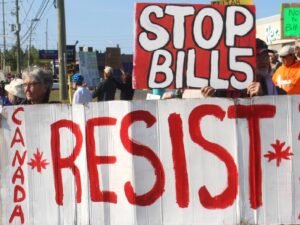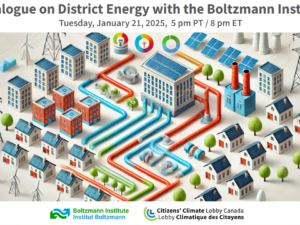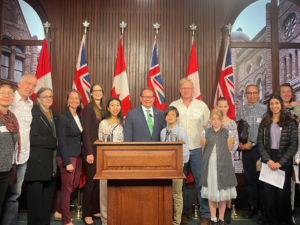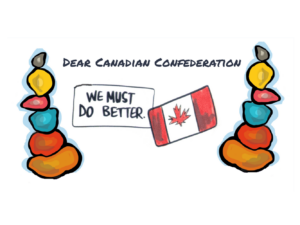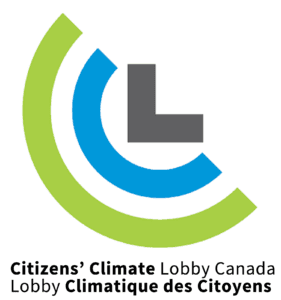CANADA MUST THINK GLOBALLY AND LONG TERM WHEN CHOOSING A CARBON PRICING POLICY Media Contact: Cathy Orlando, National Manager, Citizens’ Climate Lobby, cathy@citizensclimatelobby.ca, 705-929-4043 For Immediate Release: April 14, 2015 Sudbury ON: Yesterday, Premier Wynne announced that Ontario will be signing a cap and trade deal with Quebec. Today, most of Canada’s provincial premiers will meet in Quebec City at the invitation of Quebec’s Phillippe Couillard to discuss climate change and a national energy strategy. It should be noted that Premiers Christy Clark (BC), Stephen McNeil (NS) and Jim Prentice (AB) are not attending the Premiers’ climate and energy meeting. On Saturday, April 11, 2015 over 25,000 people marched in the streets of Quebec City demanding climate action. Canada is a climate laggard. Canada is only 8% of the way towards meeting our greenhouse gas emissions targets. Much of our emissions reductions are because of provincial initiatives, and there is no coordinated effort between the provinces. Canada failed to submit our plan for carbon reductions to the UNFCCC due March 31, 2015. However, the federal government has announced that it will reveal its climate plan June 7, 2015. On April 7, 2015 Canada’s Ecofiscal Commission released a report called “The Way Forward”. Their study compared the economic impact, as measured by growth in gross domestic product (GDP), that there would be in 2020 if regulation or market-based carbon pricing were used to manage carbon pollution and we were to meet our current GHG reduction targets. The market-based carbon pricing mechanism could be either a well-designed cap and trade or an efficient carbon fee (a.k.a. tax or levy). Canada’s Ecofiscal data revealed the following: GDP in 2020 is approximately 3.8% better under carbon pricing than it is under a regulatory approach, which currently is PM Harper’s plan for Canada. The gain in GDP breaks down as follows: 0.4% from provinces linking their carbon pricing systems; 0.9% from recycling revenue through income tax reductions; and 2.5% from the flexibility of carbon pricing.
Canada must think globally and long term when choosing a carbon pricing policy
Home » CCL Canada News » Canada must think globally and long term when choosing a carbon pricing policy
Canada must think globally and long term when choosing a carbon pricing policy
Posted on April 14, 2015 in Media Release



